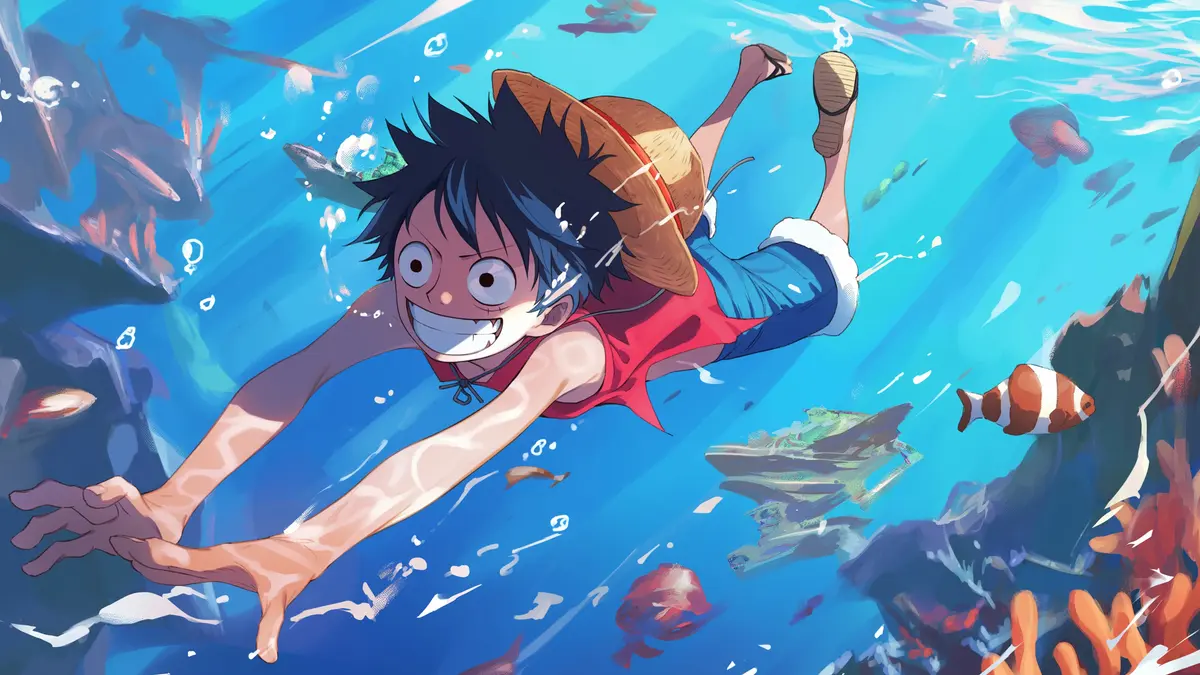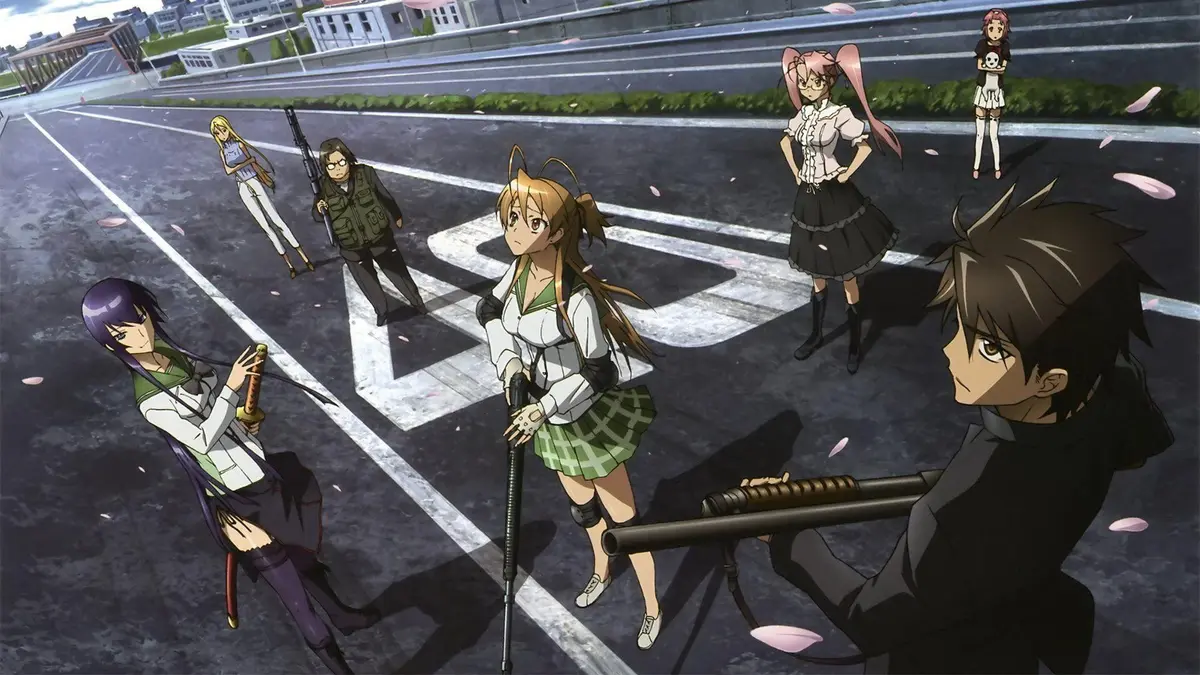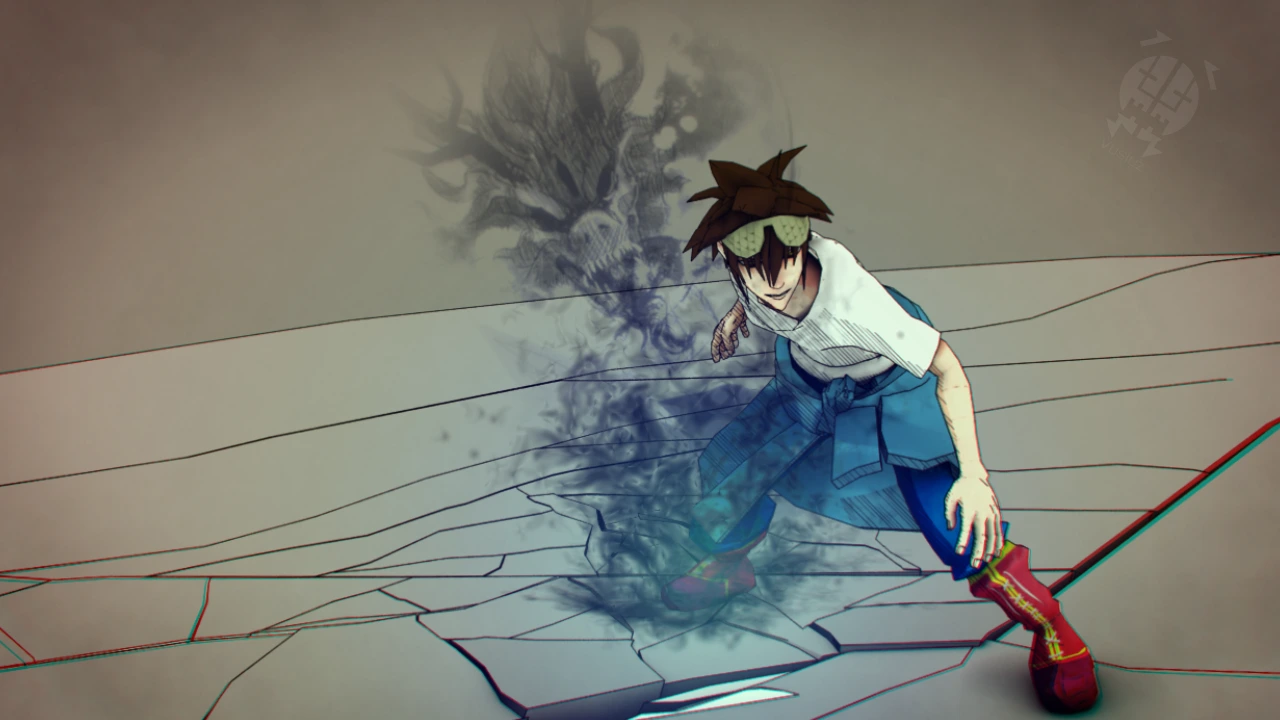Cultural Roots and Narrative Approaches
In the vast universe of Asian animation, One Piece and The God of High School represent two creative poles from distinctly different cultures. The former, a Japanese manga monument, is the result of over two decades of continuous storytelling. The latter, adapted from a Korean webtoon, embodies the meteoric rise of modern K-animation. Comparing these two works helps us better understand the cultural, aesthetic, and structural differences between Japanese and Korean animation productions.
One Piece, created by Eiichirō Oda, is deeply rooted in Japanese shōnen tradition. The story follows the adventures of Luffy and his crew in a world of islands with strange laws and supernatural powers. Each island explores a specific theme, society, or political system, offering viewers social commentary disguised as a pirate epic. The storytelling is long and meticulous, with narrative arcs spanning dozens of episodes—a hallmark of Japanese animation.
The God of High School, on the other hand, originates from Yongje Park‘s webtoon published on the Korean platform Naver. The story begins in a contemporary setting with a martial arts tournament before exploding into a mythological dimension. The animation is fast-paced and hyper-dynamic, designed to dazzle from the first episodes—a style that contrasts sharply with the often more gradual Japanese approach.

Character Development and Visual Styles
While One Piece focuses on long-term character development, The God of High School opts for immediate immersion. Luffy is introduced as a naive yet stubborn character whose layers are revealed over years. In contrast, Jin Mori, the Korean protagonist, showcases his spectacular abilities and mysterious past from the early episodes. This difference highlights a cultural approach: Japan values patience and gradual growth, while Korea prefers instant impact.
Aesthetically, the differences are striking. One Piece uses a relatively simple color palette, rounded caricatural lines, and sometimes grotesque or burlesque character designs—a legacy of print manga. The God of High School, however, adopts a more digitalized style with vibrant colors, fluid animation reminiscent of video games, and visually striking special effects. The Korean style aims to appeal to an international audience accustomed to modern visual standards.
Production Models and Thematic Depth
The production itself reflects profound differences. One Piece is produced by Toei Animation, a veteran studio managing multiple series simultaneously with demanding weekly schedules. The God of High School was produced by MAPPA in close collaboration with South Korean teams for a concise 13-episode format. This brevity reflects another economic model: Korea favors condensed seasons, producing multiple installments if successful.
Narratively, One Piece explores universal themes like freedom, justice, and corruption through fantasy and absurdity. The God of High School tackles concepts tied to Asian mythology, martial traditions, and divine tales in a more linear structure. This contrast also mirrors medium history: Japanese manga has 70+ years of editorial tradition, while Korean webtoons are barely 20 years old but growing rapidly.

Target Audiences and Global Impact
The target audiences differ too. Japanese anime caters to diverse viewers—from teens to nostalgic adults—with varying tones. Korean anime, often adapted from popular webtoons, targets a connected generation accustomed to short formats and rapid pacing. This influences music, episode structure, and plot evolution.
Violence and drama are treated differently. One Piece remains relatively family-friendly despite dark moments, balancing humor, emotion, and compassion. The God of High School delivers brutal, sometimes bloody fight scenes with a grittier, almost Western tone.
In conclusion, One Piece and The God of High School embody two visions of Asian animation: one historical and patiently crafted by a seasoned industry; the other emerging, fast-paced, and digitally oriented for global export. Both enrich worldwide animation in their own ways, offering a fascinating window into evolving tastes, technologies, and cultures shaping today’s viewers.

When ONE PIECE Meets The God of High School – Clashing Styles and Narratives Across Two Continents
Table of Contents
Cultural Roots and Narrative Approaches
In the vast universe of Asian animation, One Piece and The God of High School represent two creative poles from distinctly different cultures. The former, a Japanese manga monument, is the result of over two decades of continuous storytelling. The latter, adapted from a Korean webtoon, embodies the meteoric rise of modern K-animation. Comparing these two works helps us better understand the cultural, aesthetic, and structural differences between Japanese and Korean animation productions.
One Piece, created by Eiichirō Oda, is deeply rooted in Japanese shōnen tradition. The story follows the adventures of Luffy and his crew in a world of islands with strange laws and supernatural powers. Each island explores a specific theme, society, or political system, offering viewers social commentary disguised as a pirate epic. The storytelling is long and meticulous, with narrative arcs spanning dozens of episodes—a hallmark of Japanese animation.
The God of High School, on the other hand, originates from Yongje Park‘s webtoon published on the Korean platform Naver. The story begins in a contemporary setting with a martial arts tournament before exploding into a mythological dimension. The animation is fast-paced and hyper-dynamic, designed to dazzle from the first episodes—a style that contrasts sharply with the often more gradual Japanese approach.
Character Development and Visual Styles
While One Piece focuses on long-term character development, The God of High School opts for immediate immersion. Luffy is introduced as a naive yet stubborn character whose layers are revealed over years. In contrast, Jin Mori, the Korean protagonist, showcases his spectacular abilities and mysterious past from the early episodes. This difference highlights a cultural approach: Japan values patience and gradual growth, while Korea prefers instant impact.
Aesthetically, the differences are striking. One Piece uses a relatively simple color palette, rounded caricatural lines, and sometimes grotesque or burlesque character designs—a legacy of print manga. The God of High School, however, adopts a more digitalized style with vibrant colors, fluid animation reminiscent of video games, and visually striking special effects. The Korean style aims to appeal to an international audience accustomed to modern visual standards.
Production Models and Thematic Depth
The production itself reflects profound differences. One Piece is produced by Toei Animation, a veteran studio managing multiple series simultaneously with demanding weekly schedules. The God of High School was produced by MAPPA in close collaboration with South Korean teams for a concise 13-episode format. This brevity reflects another economic model: Korea favors condensed seasons, producing multiple installments if successful.
Narratively, One Piece explores universal themes like freedom, justice, and corruption through fantasy and absurdity. The God of High School tackles concepts tied to Asian mythology, martial traditions, and divine tales in a more linear structure. This contrast also mirrors medium history: Japanese manga has 70+ years of editorial tradition, while Korean webtoons are barely 20 years old but growing rapidly.
Target Audiences and Global Impact
The target audiences differ too. Japanese anime caters to diverse viewers—from teens to nostalgic adults—with varying tones. Korean anime, often adapted from popular webtoons, targets a connected generation accustomed to short formats and rapid pacing. This influences music, episode structure, and plot evolution.
Violence and drama are treated differently. One Piece remains relatively family-friendly despite dark moments, balancing humor, emotion, and compassion. The God of High School delivers brutal, sometimes bloody fight scenes with a grittier, almost Western tone.
In conclusion, One Piece and The God of High School embody two visions of Asian animation: one historical and patiently crafted by a seasoned industry; the other emerging, fast-paced, and digitally oriented for global export. Both enrich worldwide animation in their own ways, offering a fascinating window into evolving tastes, technologies, and cultures shaping today’s viewers.